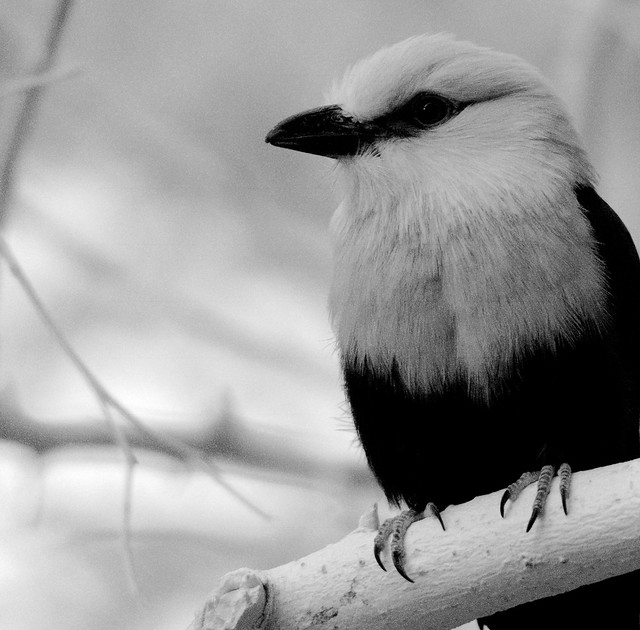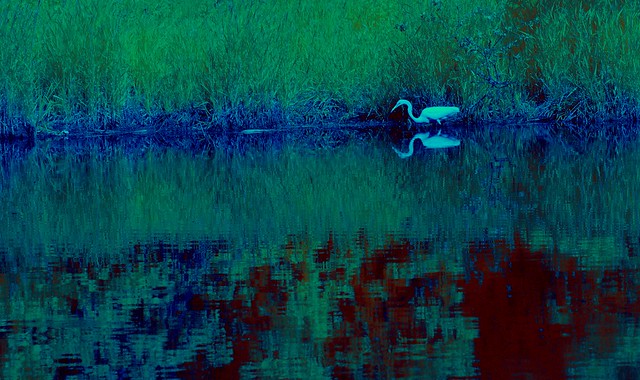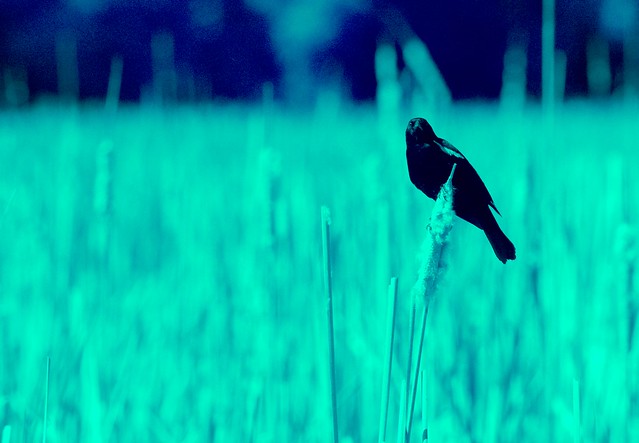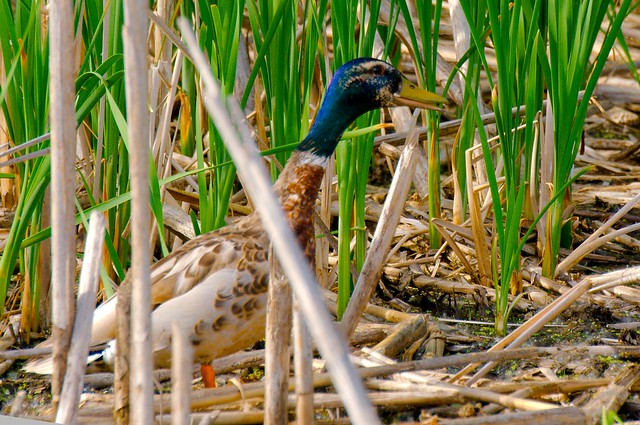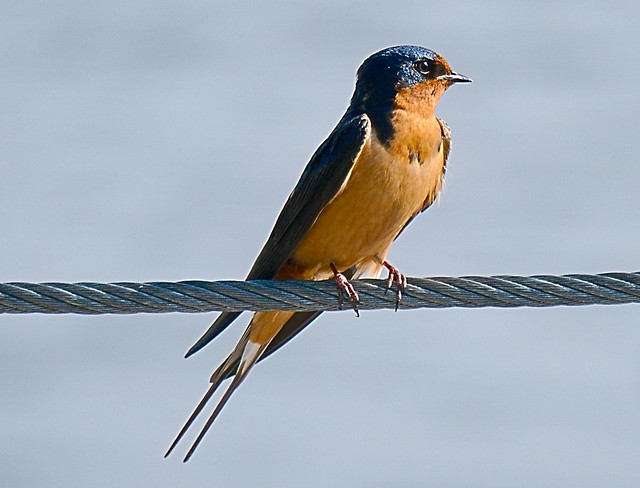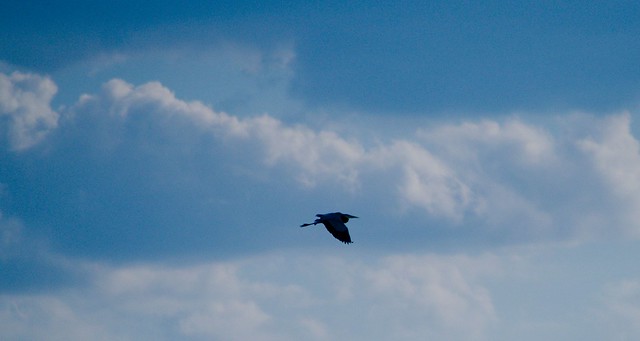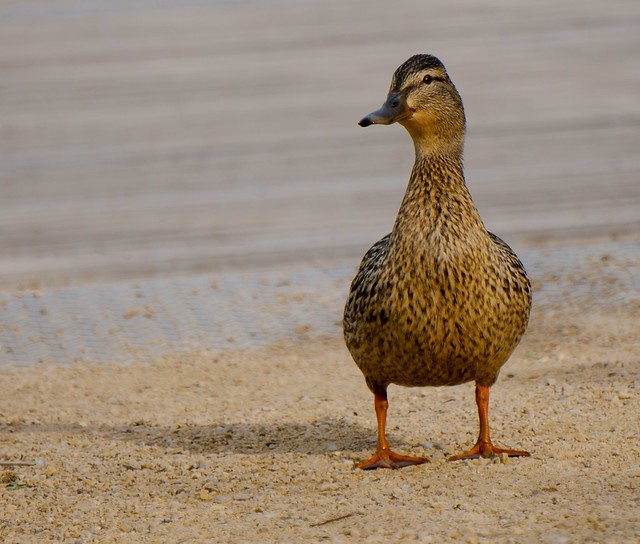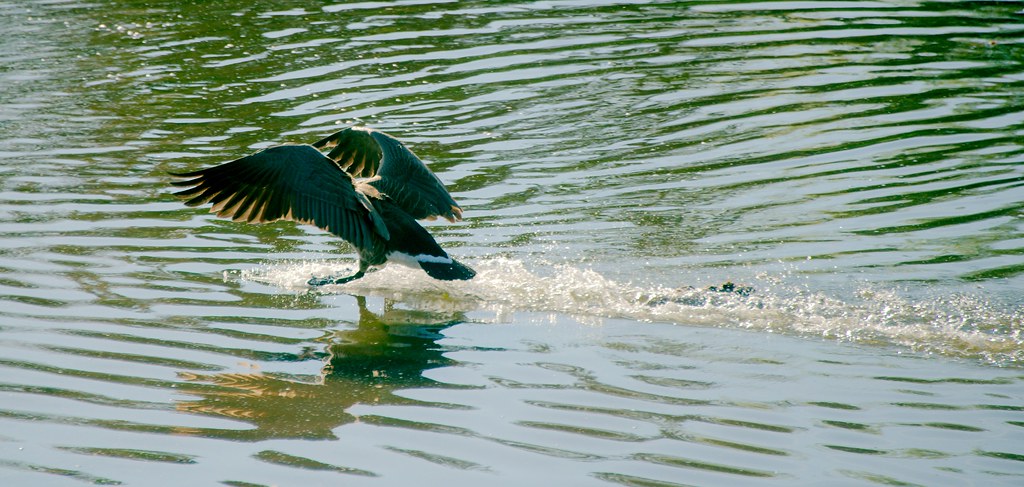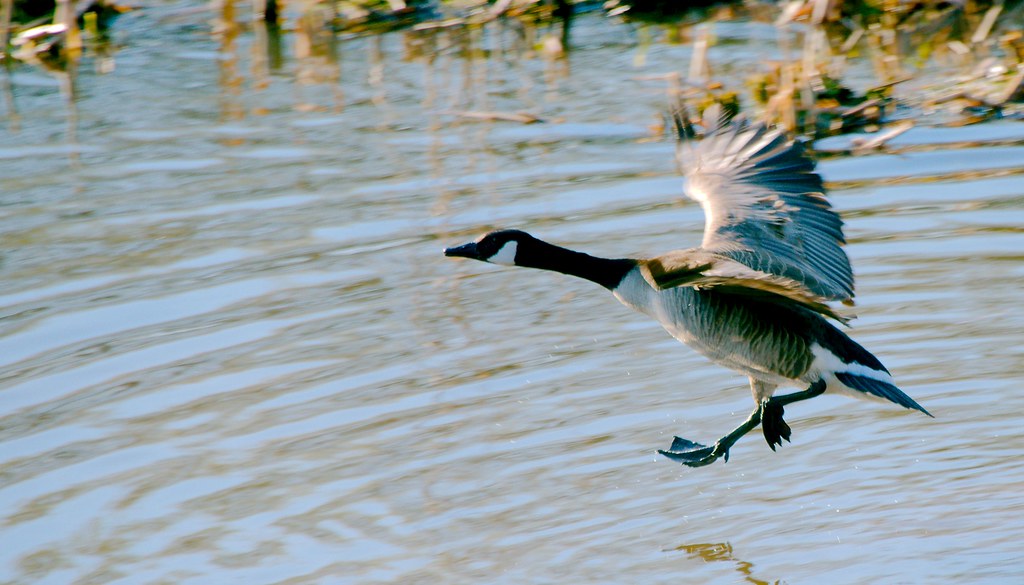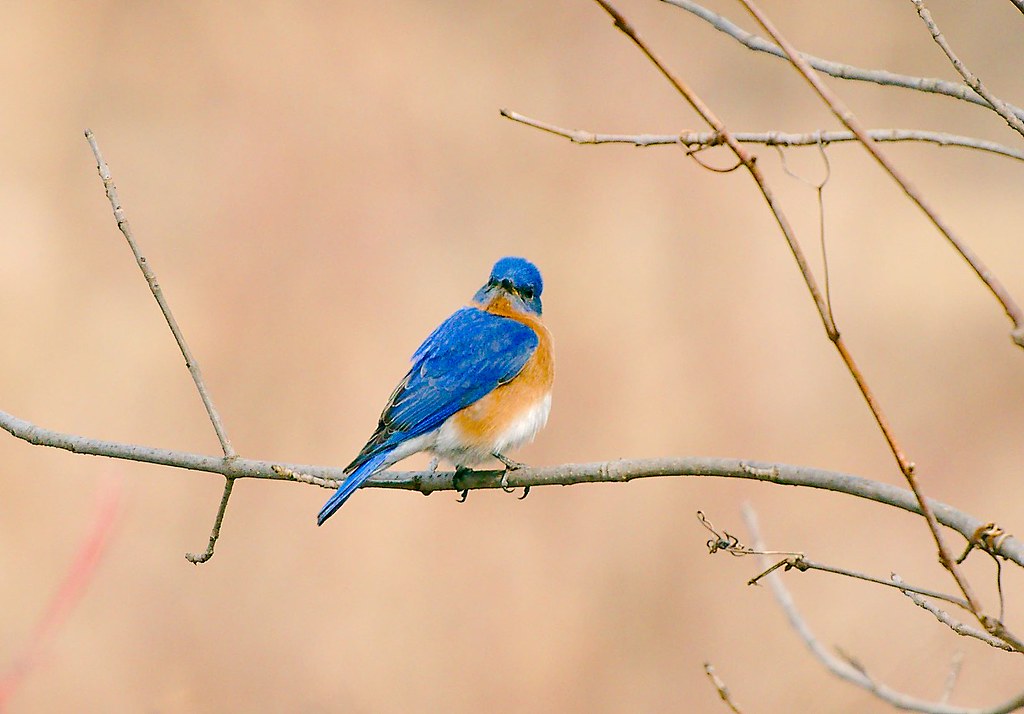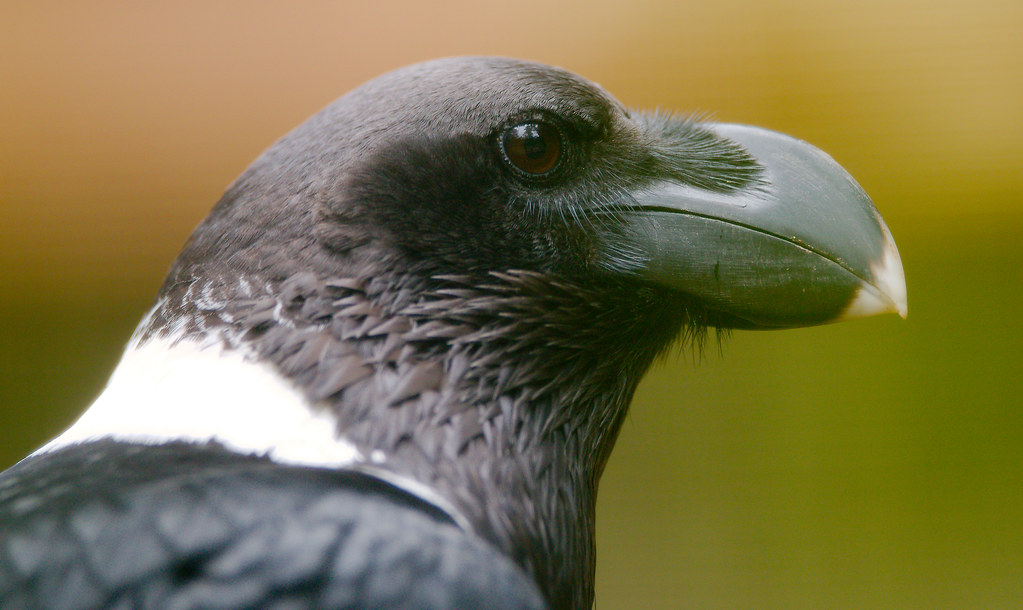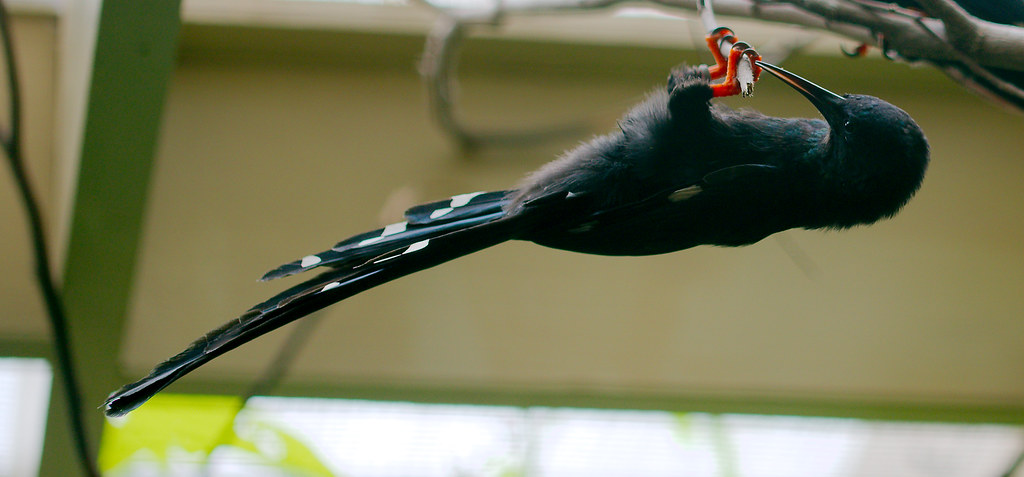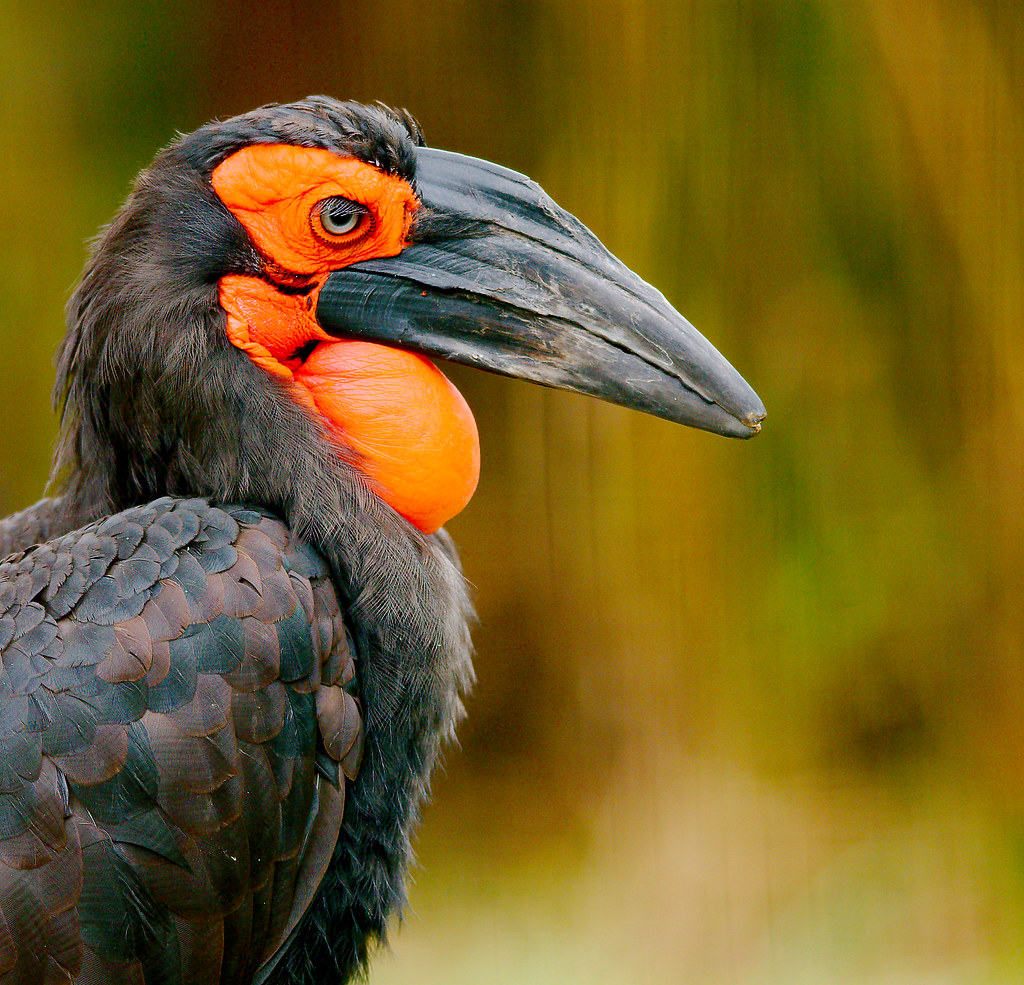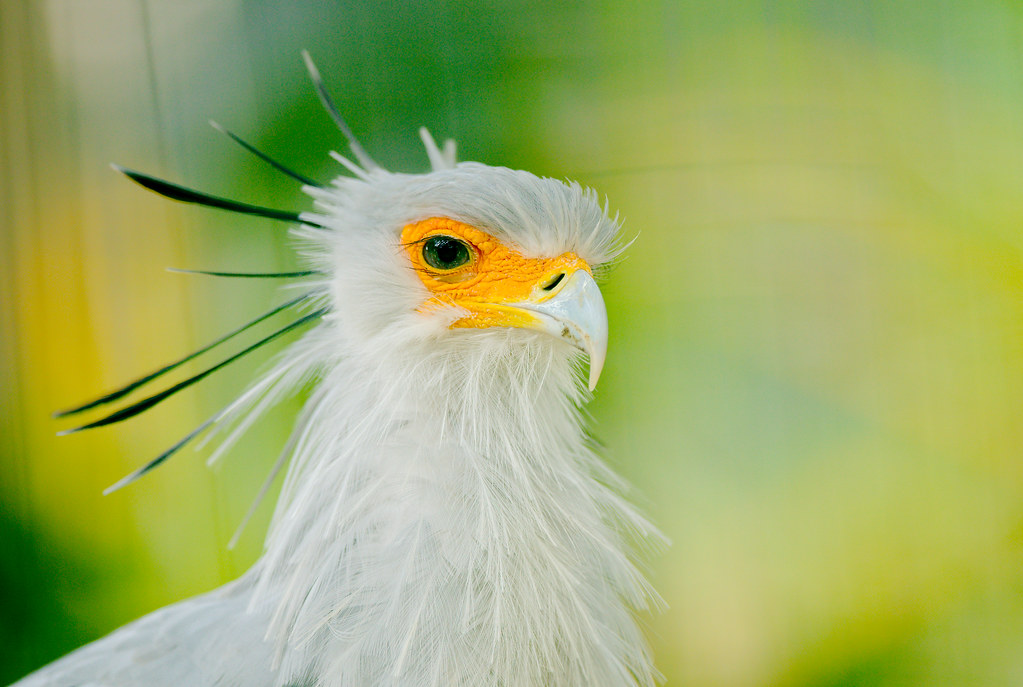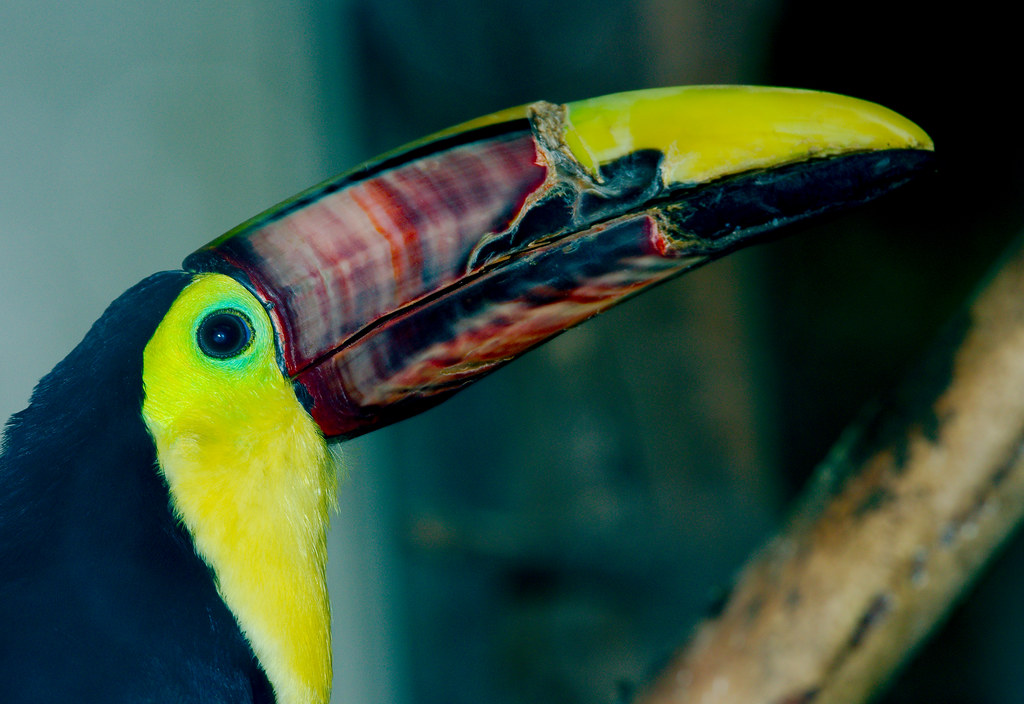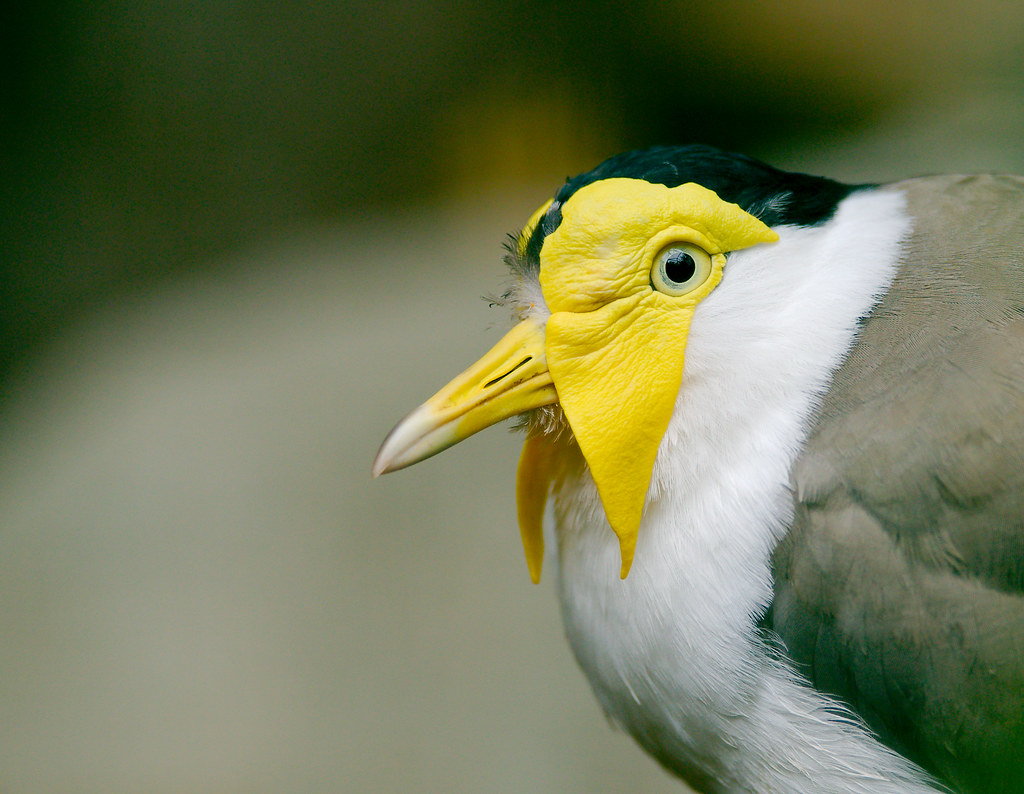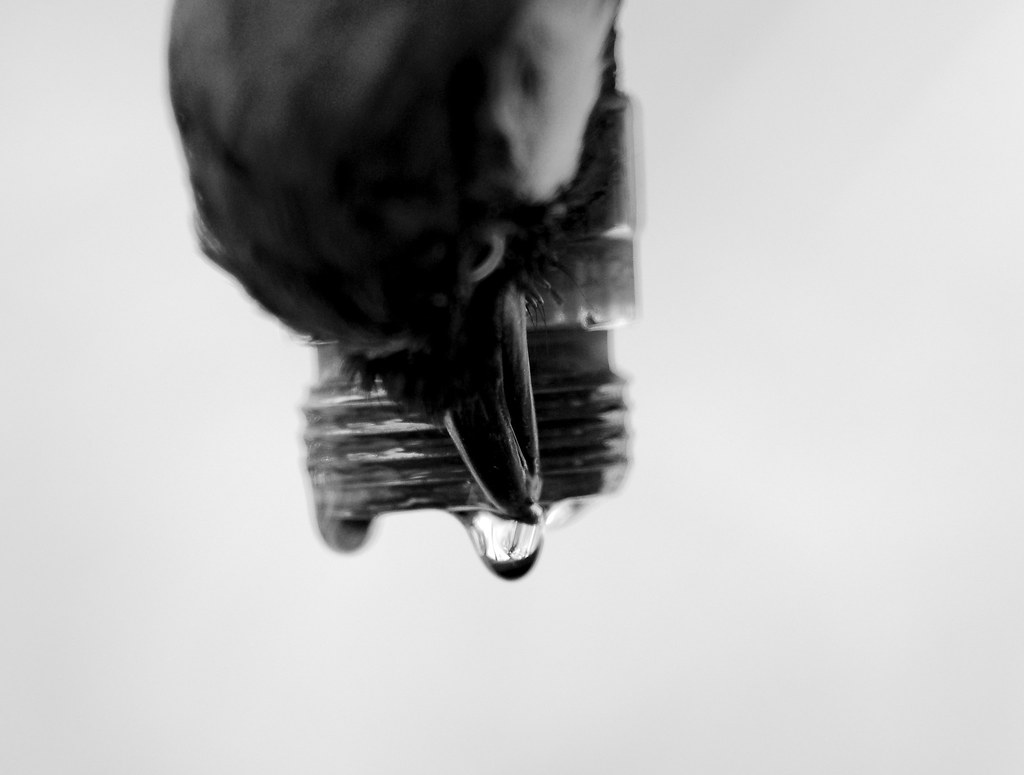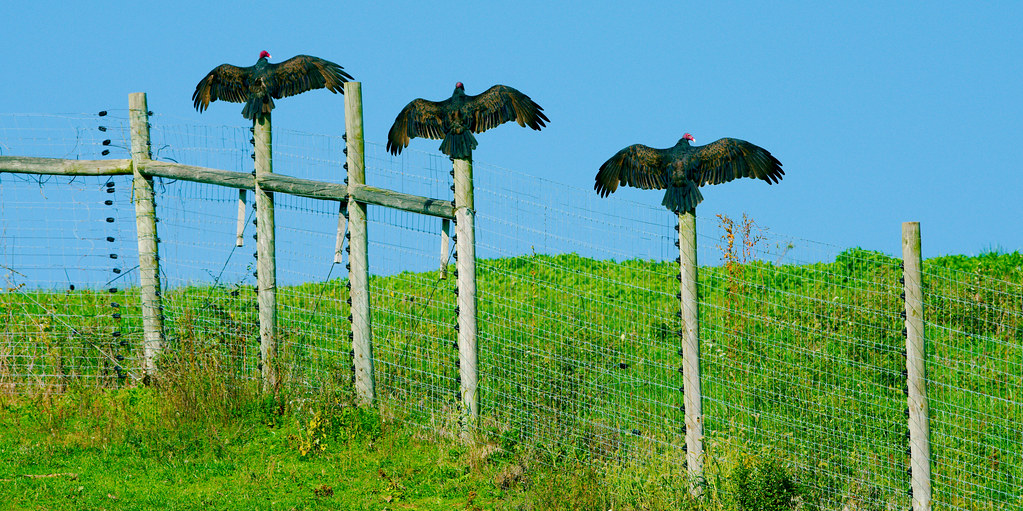In deep infrared, there is no point in trying to identify if the roller is lilac-breasted or blue-bellied.
Category Archives: Bird
Heron
Infrared winged blackbird
The interesting thing to note here is the infracolour of the plants. The grasses in the front and the leaves in the back both reflect infrared light similarly.
The reason the back is so dark is not because of the infracolour of the leaves but because of how much infrared light is attenuated by the air.
Duck
Swallow
Heron
Democratic Duck
Canada Goose
Canada Goose
Bluebird
One weird thing about moving from Illinois to Minnesota is that Spring is less well distributed.
In Illinois, the snow melts away to reveal bright green grass, the buds appear on the trees, and the animals all wake up and come home.
In Minnesota, at the end of Winter, half the snow melts, then the birds arrive (as shown here) and sort of stand around for a while as the plants decide that this is the best they’re gonna get and then turn sorta green. This triggers the rest of the snow to melt, which makes the rest of the plants turn green. Then the mammals come back and enjoy the next two weeks, which we call “Summer”. Then it snows again so we can get the second half of Spring for another week, after which it’s deep Summer for about month, then we get our third week of Spring which transitions directly into Fall, which alternates with Winter every week for about four cycles, after which point it’s Winter for a good five months.
White-necked Raven (Corvus albicollis)
The white-necked raven has one of the worst wikipedia bird pages I’ve ever seen.
I’ve never said this before, but I am disappointed in the low intensity of birders.
Green Wood Hoopoe (Phoeniculus purpureus)
Southern Ground Hornbill (Bucorvus leadbeateri)
Secretary Bird (Sagittarius serpentarius)
Chestnut-mandibled Toucan (Ramphastos ambiguus swainsonii)
Modern cameras have a surprisingly good autofocus system, but in low light, it doesn’t always work as you expect … especially in zoos.
To prevent it from “hunting” or moving back and forth quite irritatingly, focusing on the bird’s eye, then the background, then the fence in front, you can use a neat little trick. I have a flashlight with what’s called a “moonlight” mode. It gives just a little bit of light, not enough to bother the animal, but enough to let the autofocus lock on tight so when you take the photo, a momentary flash can fill the scene to capture the photo.
With proper selection, the light is much lower than a lightning flash and a heck of a lot better for the animal than being blinded by the LED on the back of people’s cell phones.
Beautiful Fruit Dove (Ptilinopus pulchellus)
Masked Lapwing (Vanellus miles)
As this masked lapwing was going to St. Ives, he met a man with seven wives. Every wife had seven sacks, every sack had seven cats, every cat had seven kitts. Kitts, cats, sacks, wives, he asked how such a familial structure was economically sustainable.
One of the wives responded that they were cat breeders heading to St. Ives for the big kitty conference where they would sell their knowledge to other cat fanciers and find homes for the kittens. They could then use the money to help support their husband when he went back to school to train to become a nurse.
Thus was the lapwing educated about heteronormative assumptions.
